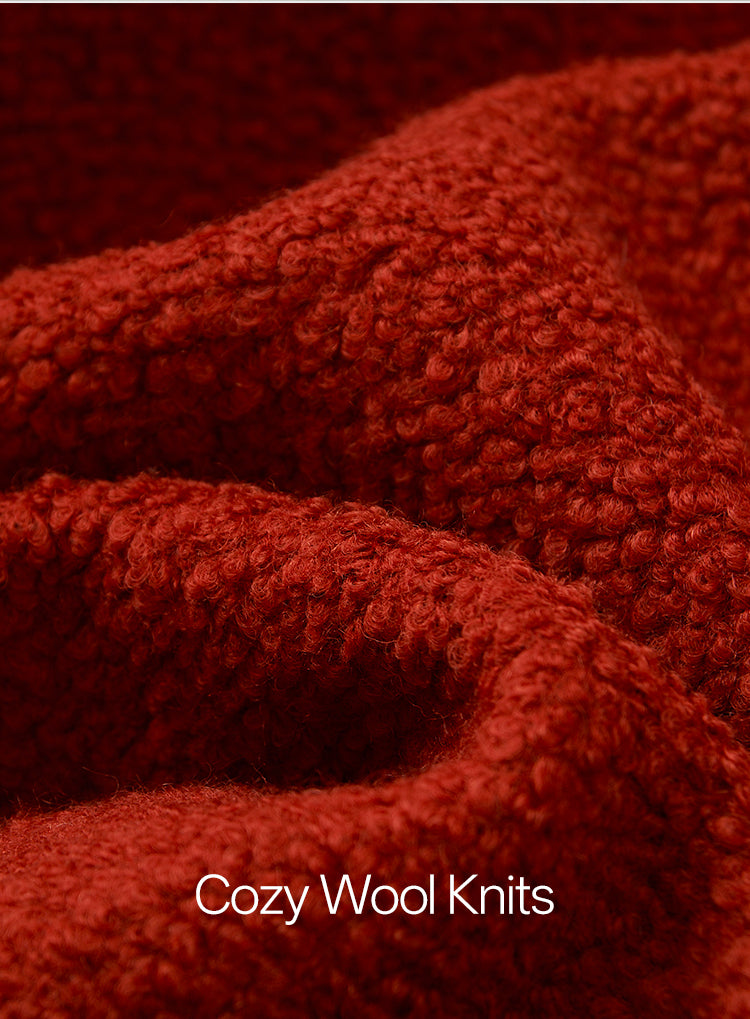Stop! These Behaviors Are Killing Your Clothes
Clothing isn’t just a part of our daily lives; it often carries our personality and emotions. However, some of our everyday habits might be silently damaging our clothes. Understanding which habits are harmful and taking appropriate measures can help extend the life of your garments. Here, we reveal some common “clothing killers” and provide solutions to correct them.
1. Incorrect Washing Methods
Issue: Many people wash all their clothes together, which can cause color bleeding and accelerate wear and tear. For example, washing delicate silk or wool garments with coarse denim can lead to abrasion, stretching, or distortion.
Solution: Follow the care labels to sort clothes by type. Use appropriate detergents and water temperatures. Delicate fabrics should be washed in cold water or on gentle cycles, avoiding high temperatures and vigorous agitation.
2. Using Too Much Detergent
Issue: Using excessive detergent doesn’t improve cleanliness but can leave residues on fabrics, leading to stiffness or yellowing.
Solution: Follow the detergent packaging instructions and use the recommended amount. Proper detergent levels effectively clean clothes and help maintain fabric quality.
3. High-Temperature Drying
Issue: High-temperature drying can cause clothes to shrink, warp, or fade, especially for natural fibers like cotton and wool.
Solution: Opt for low-heat or air-drying methods. For shrink-prone fabrics, natural air drying is best, avoiding direct sunlight.
4. Improper Storage
Issue: Storing clothes haphazardly or hanging them on inappropriate hangers can lead to deformation, creases, or stretching. For instance, hanging heavy coats on thin hangers can cause shoulder distortions.
Solution: Use appropriate hangers for different types of garments, such as wide-shoulder hangers for heavy coats and non-slip hangers for shirts. Fold clothes neatly and store them in a dry, well-ventilated space.
5. Overwashing
Issue: Frequent washing can lead to rapid wear and tear of fabrics. Even slight stains can cause premature aging of garments if washed too often.
Solution: Wash clothes only when visibly soiled or odorous. Utilize fabric fresheners and stain pens to reduce washing frequency.
6. Incorrect Ironing
Issue: Using excessively high temperatures or improper ironing techniques can scorch clothes or leave iron marks.
Solution: Adjust the iron’s temperature according to the fabric type. Protect delicate fabrics like silk by ironing them with a pressing cloth. Use steam ironing for heat-sensitive materials.
7. Improper Stain Treatment
Issue: Stains left untreated can penetrate the fabric, resulting in permanent discoloration.
Solution: Rinse stains promptly with cold water to prevent setting. Use specialized stain removers according to the stain type for effective treatment.
8. Choosing the Right Cleaning Tools
Issue: Using rough brushes or inappropriate cleaning cloths can damage fabric. For example, using a hard brush on wool can cause pilling or fiber loss.
Solution: Select soft cleaning tools, such as fabric-specific brushes and cloths. For delicate fabrics, use microfiber cloths or soft cleaning cloths.
9. Caring for Leather and Luxury Items
Issue: Leather and luxury items like silk or high-quality wool require special care. Incorrect cleaning or storage can cause permanent damage.
Solution: Use specialized leather cleaners and conditioners for leather products. For luxury items, have them cleaned by professionals and store them properly when not in use.
10. Attention to Storage Environment
Issue: The storage environment can impact garment maintenance. Inappropriate humidity and temperature can lead to mold or deterioration.
Solution: Keep the storage area dry and well-ventilated. Avoid storing clothes in damp or direct sunlight. Use moisture absorbers or well-ventilated closets to maintain garment condition.
11. Avoiding Direct Contact with Chemicals
Issue: Chemicals like perfumes, cleaners, or cosmetics can damage clothes, causing discoloration or stains.
Solution: Avoid direct contact with clothes when using chemicals. Apply perfumes before dressing and allow them to dry completely. Be cautious with makeup to prevent spills on garments.
12. Proper Handling of Zippers and Buttons
Issue: Zippers and buttons can snag or damage clothes if not handled correctly.
Solution: Zip zippers and fasten buttons before washing. Avoid friction between garments and hard objects during washing or storage to prevent damage.
Conclusion
Maintaining your clothes in good condition extends their lifespan and keeps your wardrobe looking its best. By understanding and avoiding these common “clothing killers,” you can effectively protect your garments and ensure they remain beautiful and functional for years to come.













